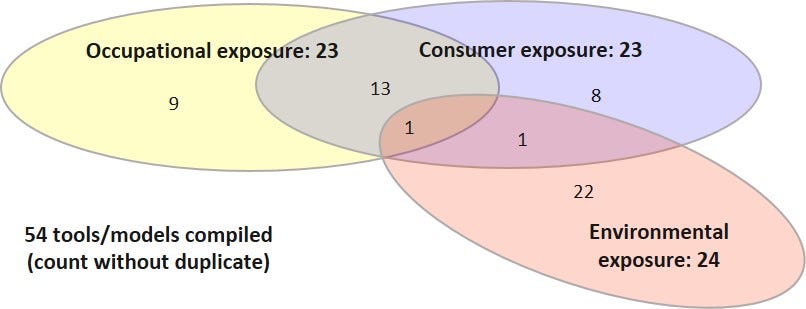Why are nanomaterials different from other chemical substances?
When we zoom in and look at materials, we sometimes find that nanomaterials behave quite differently and may have different properties compared to their larger counterparts. This makes it hard to predict how these tiny particles will behave under different conditions, and this unpredictability poses some very big questions.
For example, a raincoat feels incredibly soft to the touch, but if you look at it at a nano-level, you’ll see that some of them are made up of molecules aligned in cross-links to create fabrics that repel water and other liquids. If you’ve ever noticed how liquid forms little beads on waterproof clothing, that may be thanks to nanotechnology.
But how safe is it to be wearing this kind of technology so close to our skin and does it pose a risk to the environment?

Assessing exposure to nanomaterials
The global nanomaterials market size is valued at USD 10.3 billion in 2020 and is expected to grow to USD 38.2 billion by 2029 (Business Wire, 2021). With the dramatic increase of nano-enabled products entering the market every year, human and environmental exposures are inevitable, which raises concerns in terms of the environmental health and safety of such emerging nanomaterials. While our scientific knowledge and capacity to explain and describe the observed properties of nanomaterials are rapidly improving, they remain limited.
Exposure assessment is an unavoidable step in assessing the risk of chemicals. One way to determine exposure is through direct analytical measurement in air, water or food, but this is very costly. Another way is to use tools and models for predicting their exposure. Such models have been successfully used for decades to estimate the exposure of traditional chemicals. However, there has been little comprehensive evaluation on whether they are suitable and reliable for predicting exposure to nanomaterials.
What is the OECD doing to address the knowledge gaps in this field?
The OECD Nanosafety Programme has worked on many projects to address the knowledge gaps in assessing exposure to nanomaterials since 2007. The objectives of three recent OECD projects, Under the leadership of Canada, Denmark and the United States, the OECD compiled available tools and models and evaluated their applicability to predicting the exposure of nanomaterials to workers, consumers and the environment.
Altogether 54 models were analysed and evaluated according to scope, user-friendliness, sensitivity and performance (see Figure below). Based on the results of this analysis, 10 occupational, 7 consumer and 6 environmental tools/models were recommended or evaluated as suitable for assessing exposure to nanomaterials, though some challenges remain.

How will the results be used to improve the safety of nanomaterials?
Chemical companies and regulators can choose the adequate tool or model to assess exposure to nanomaterials for specific purposes, such as risk assessments in the context of chemical safety legislations. Indeed, chemical companies are using such models to determine whether a new nanomaterial can be used safely before it is put on the market. Likewise, regulators use such models to determine whether additional risk management measures need to be implemented for the new nanomaterial – for example for workers that handle the materials.
Detailed information on the analyses and evaluations are provided in the reports accessible from the Series on Nanomaterials website (No. 98, 99, 100 and 101).
Watch the replay and listen to the key findings from the reports by the researchers.
